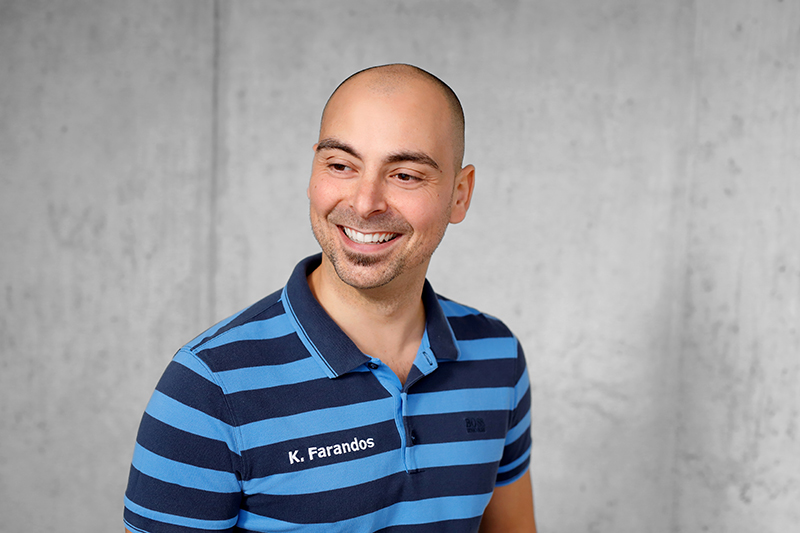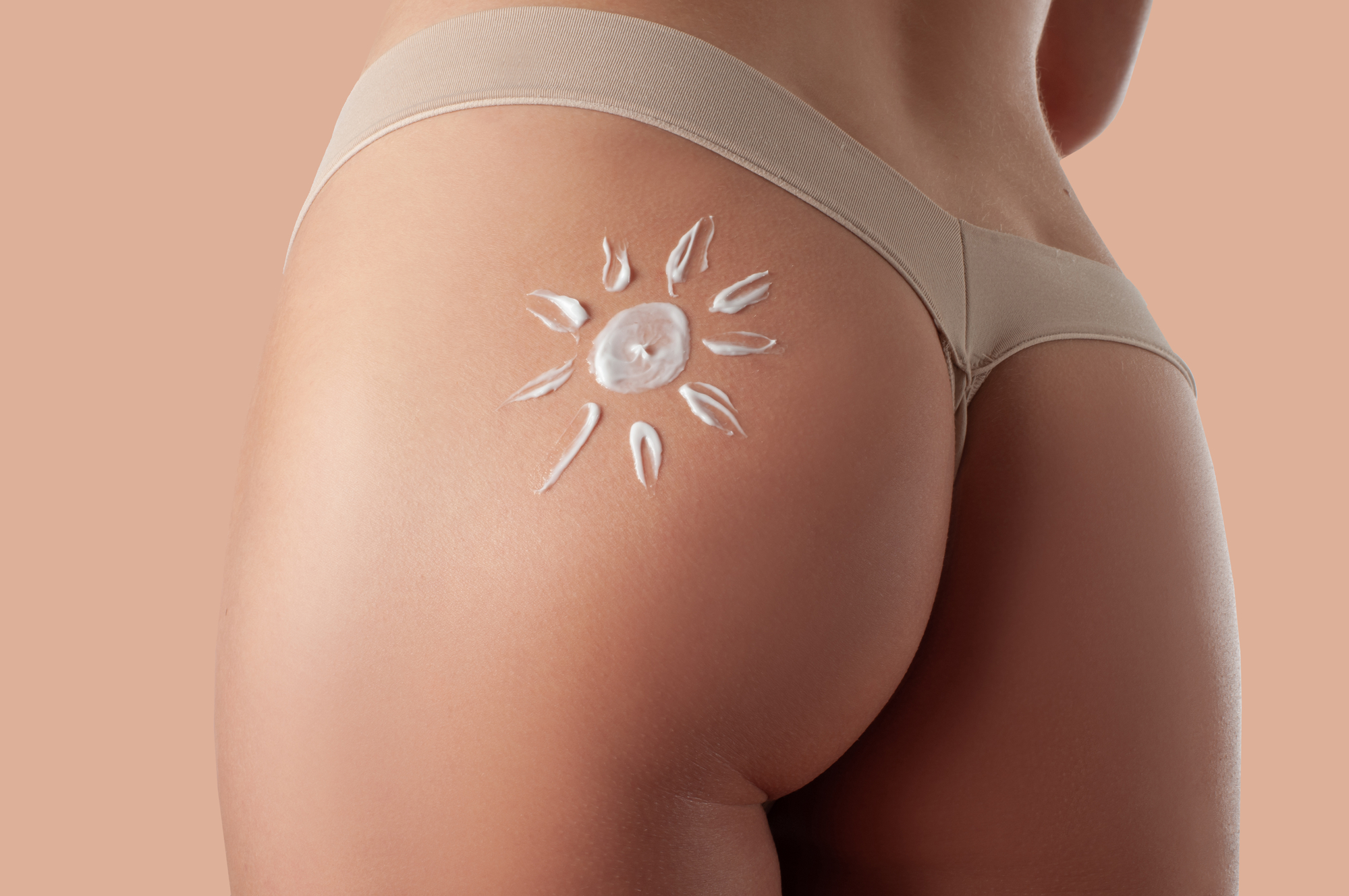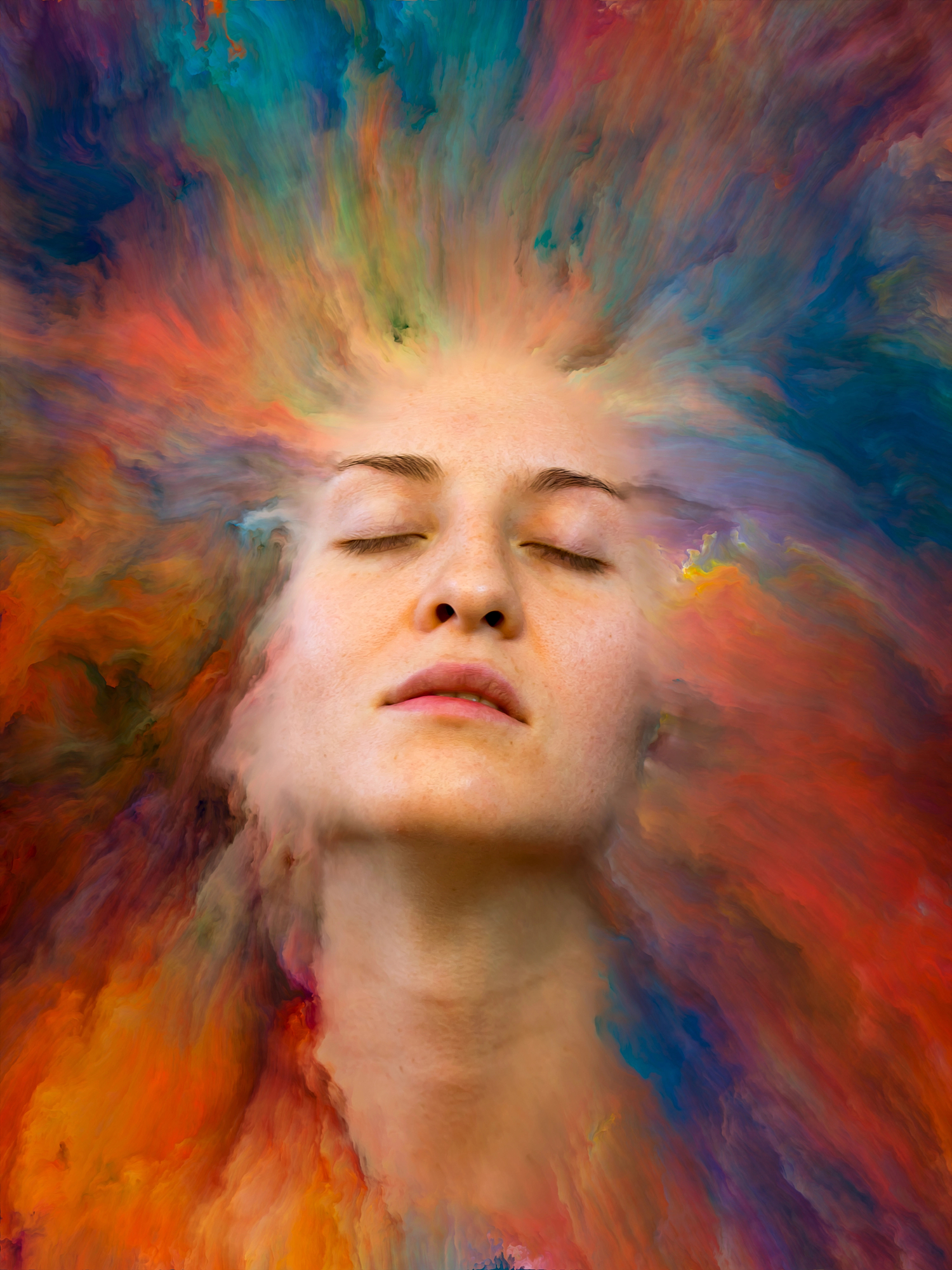Osteopath Kosta Farandos – Expert interview with osteopath Kosta Farandos B.SC. Ost. / Osteopathy Kornwestheim
What is Osteopathy?
Osteopathy was founded by the American doctor Andrew Taylor Still (1828-1917). The term comes from ancient Greek and means „osteon“ = „bone“ and „pathos“ = „suffering“ and stands for a diagnostic and therapeutic concept.
Currently, there is no uniform definition of osteopathy in Germany.
Depending on the structures to be treated, osteopathy is divided into three areas: parietal (joints, connective tissue, muscles), visceral (organs, their cover, and their suspension) and craniosacral (inherent rhythms of the body) osteopathy. These three areas have been and continue to be further developed since the founding of osteopathy. Nevertheless, the body is viewed as a whole and not just reduced to these individual areas.
Through anamnesis and a clinical examination, the osteopathic diagnosis is determined. Depending on the findings, an individual therapy approach is developed for each patient.
To achieve a holistic effect in osteopathy, attempts are also made to eliminate or reduce psychosomatic irritations. This includes discussing the problem situation with possible solutions and changes in everyday life, through movement, nutrition, and relaxation consultations, each adapted to the individual.
In osteopathy, there are five basic pillars on which the treatments are based:
1. Circulation of body fluids
2. Structure and function are mutually dependent
3. The human being as an inseparable unit
4. Ability to self-heal
5. Movement is paramount.
What does an osteopathic treatment look like?
An osteopathic treatment usually begins with an explanation of the treatment conditions of the treating therapist. Once this is clarified, the actual treatment begins.
It always starts with the anamnesis (the detailed questioning of the medical history and the reason for visiting the practice). After the anamnesis follows the examination. The patient is usually in underwear in front of the therapist, even if the complaints are only in the head area, since the entire body is examined to identify all possible disorders that may be related to the complaints.
The patient then receives an explanation that they can understand. This is followed by the inspection and testing of the body. The patient is touched with the hands, and the body can be tested with global tests. If an area then appears noticeable, it is locally checked with special tests. The testing often mixes with the treatment because while finding the problem, it is also solved. This is also what the founder did, and he had the motto: „Find it, fix it, and leave it“. This stimulates the metabolism of the affected area and the body.
The possibility of the body’s own regulation begins.
After the treatment is finished, the patient is again informed about the treated structures and, if necessary, another appointment is made.
What is CMD?
Craniomandibular Dysfunction. It is derived from the words „Cranio“ (Latin=cranium, Greek=kranion) = „skull“, „Mandibula“ (from Latin) = „lower jaw“, and „Dysfunction“ (Latin=dysfunctio) = „malfunction“ and is commonly abbreviated as CMD. There is no clear uniform definition for CMD, so several symptoms can cause it. CMD is thus used as a collective term for structural, functional, biochemical, and psychological dysregulations of muscle or jaw joint function, which can be painful or not (Köneke, 2010).
„The term ‚craniomandibular dysfunctions (CMD)‘ encompasses a range of clinical symptoms of the chewing muscles and/or the jaw joint as well as the associated structures in the oral and head area. The term Myoarthropathy and the English expressions ‚Temporomandibular Disorders‘ (TMDs) and ‚Craniomandibular Disorders‘ (CMD) essentially correspond to the above designation.“ (German Society for Functional Diagnostics and Therapy in Dental, Oral and Maxillofacial Medicine). It is a diagnosis that describes the most common form of facial pain.
Can amalgam fillings affect my health (foreign body, release of material to the body)?
Gaseous mercury is particularly reactive. In the body, it binds firmly to cell components, so firmly that it can hardly be dissolved. Typical signs of poisoning are trembling hands, nerve damage, visual disturbances, behavioral disorders, and paralysis. The amount of amalgam released to the body naturally depends on the amount in the
mouth and also on the individual’s physical conditions. Nevertheless, this should not be underestimated.
Can problems with my teeth lead to other pains in the body?
Since the entire body is interconnected and there are reflex zones (foot reflex zones are well known), problems in the teeth can lead to problems in certain areas of the body. So there are also tooth reflex zones that can affect organs, the nervous system, or certain body parts if there are problems in the tooth area.
This includes root inflammation as well as gum inflammation. There must always have been a stimulus of the teeth and the supplying tissues for a further disturbance to occur.
Does osteopathic treatment make sense for toothache?
If the toothache was not caused by root complaints or other inflammatory processes that the dentist or orthodontist has clarified, the body can be supported in recovery. This can be done by treating muscles, as well as by improving blood circulation of the nerves that supply the upper or lower jaw.
Can headaches also come from the teeth?
Of course, it is possible that headaches can also be caused by the teeth. The masticatory muscles are easily influenced, and these go from the jaw to over the temporal bone on the right and left. Since this is a large area and the entire connective tissue runs over the skull, it is possible just by this. Therefore, a good examination should take place.
Can toothaches therefore also have other causes, outside the oral apparatus?
Since the teeth are supplied by nerves, it may be that other complaints, such as the connective tissue (chewing muscles, fascia), can lead to toothaches. Also, as already explained, there are tooth reflex zones and these can affect the rest of the body. but it also goes in the other direction and therefore the pain is not initially noticeable on the teeth, but then in the organs, through a functional disorder that occurs like a digestive problem. So finding a holistic dentist is a good idea to evaluate those conditions.










